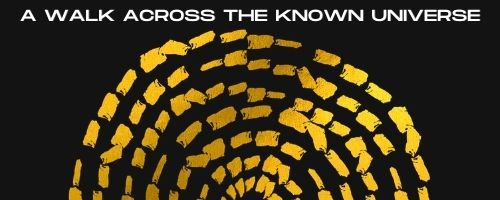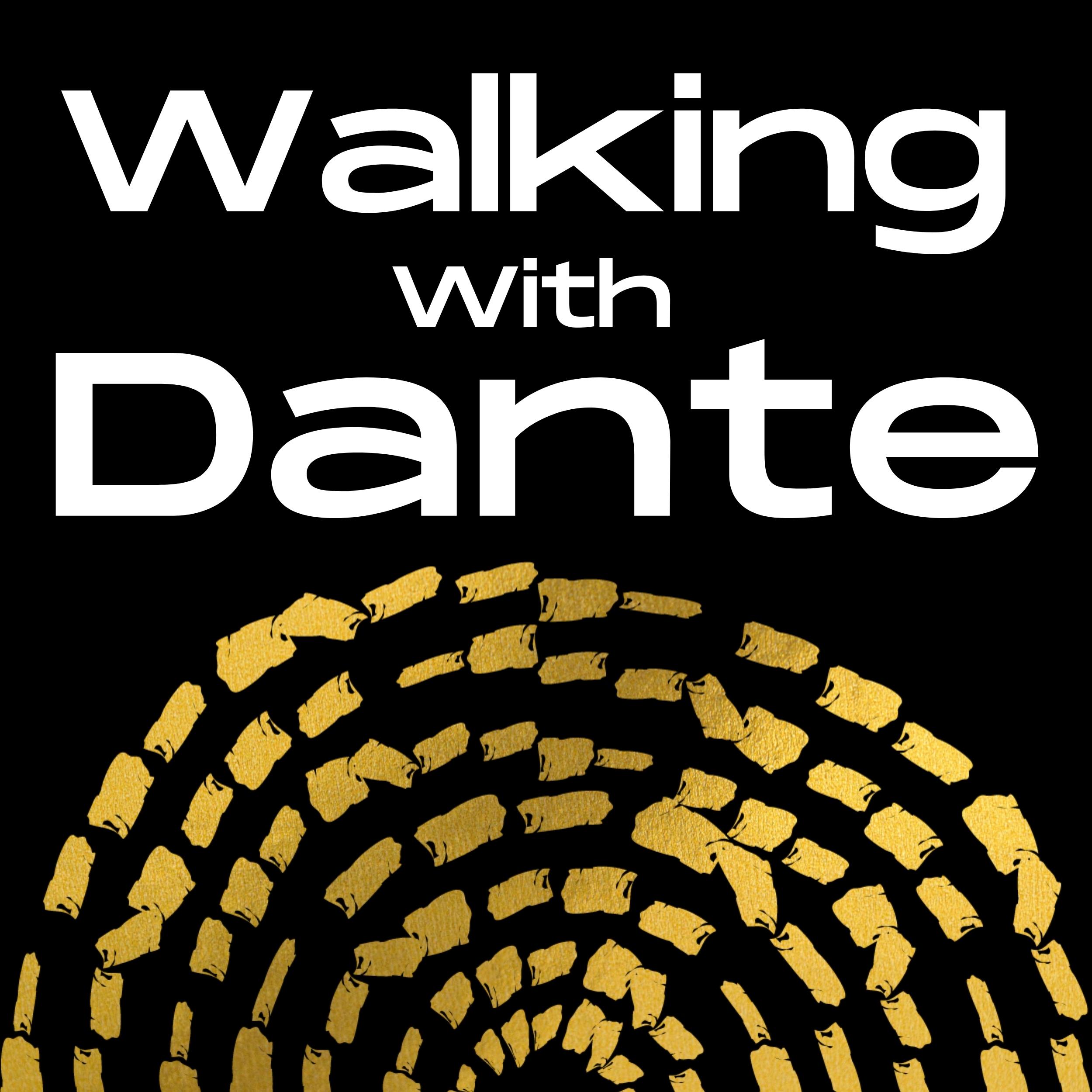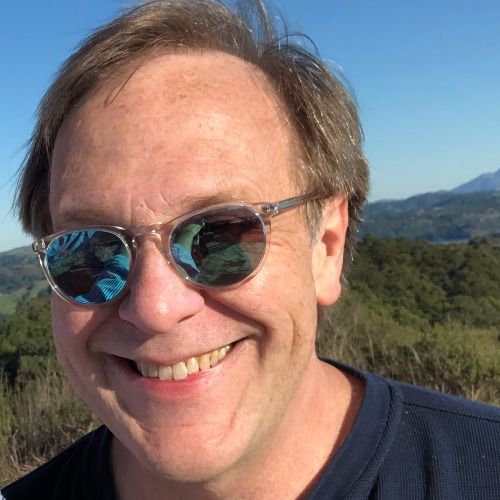Episode 103
A Look Back Over The Seventh Circle Of Hell In Dante's COMEDY
We've spent over forty (!) episodes of this podcast slow-walking through the seventh circle of INFERNO, among the sins of violence. We've been here a long time, to say the least. So I thought it would be crucial to look back at the sweep of the seventh circle--that is, INFERNO, Cantos XII through XVII.
There's no specific passage for this episode of the podcast WALKING WITH DANTE. Rather, I'd like to detail some of the structural and thematic unifying devices in the cantos. And I'd like to ask a two questions for which I have no answer.
Here are the segments of this podcast episode on the Seventh Circle of INFERNO:
[01:29] A look at a few of the structuring devices in Cantos XII through XVII--that is, some of the poetic ways Dante ties this long stretch into one unit, both astride beasts and the possibility of a Crete program in these cantos.
[04:48] More structuring details: court life to start, followed by the ways the middle class can make money in the nascent days of liquid capital. The violent against others and against themselves are largely about courts; the violent against God are partly about how money is made or power is accumulated in this new world. In the middle, almost as a fulcrum, lies Capaneus, the mythic hero, stretched out on the burning sands.
[07:03] The poet and the pilgrim are both becoming more assertive throughout these cantos.
[08:36] The Seventh Circle starts with the Minotaur and perhaps should be seen as a series of labyrinths.
[10:55] The Seventh Circle is controlled by Phlegethon--in other words, by flow.
[12:58] One question for which I have no answer: Why does the Seventh Circle of INFERNO start with a slope and end with a cliff?
[14:21] There are clearly two modes of writing INFERNO so far: the travelogue, a tour of sin; and the exploration of interiority, of personal space, found in the long sequences with some sinners. The Seventh Circle starts and ends with a travelogue, bits which bracket more intense psychological and sociological explorations.
[16:52] A second question for which I have no answer: Does naming the work "COMEDY" in the circle of the violent do violence to the text the poet is writing?


